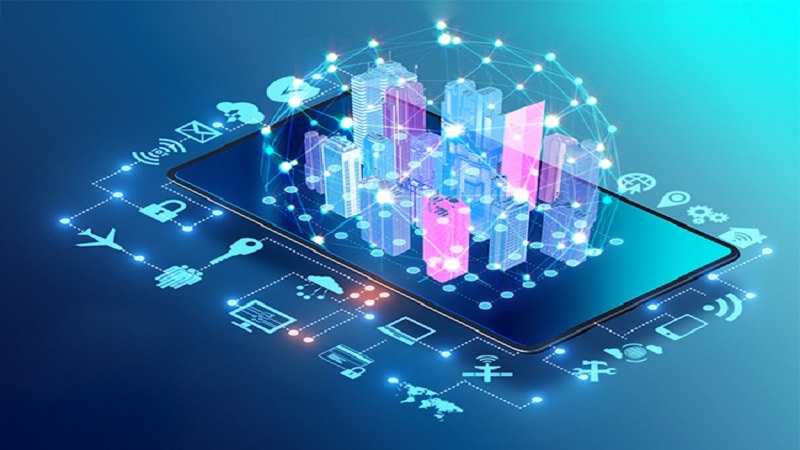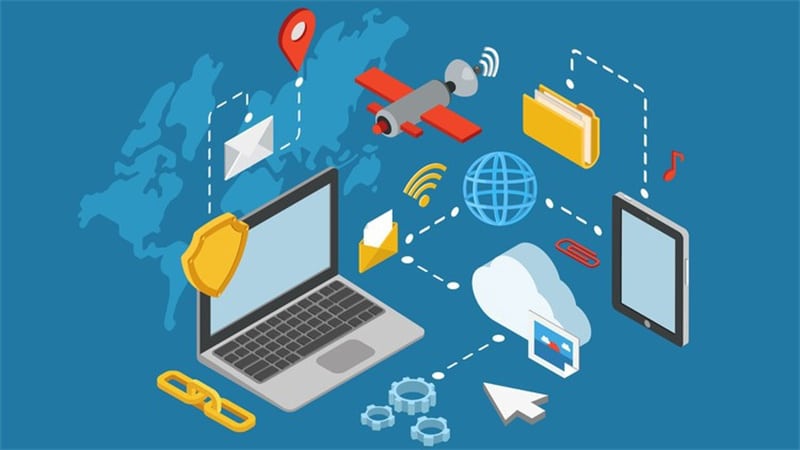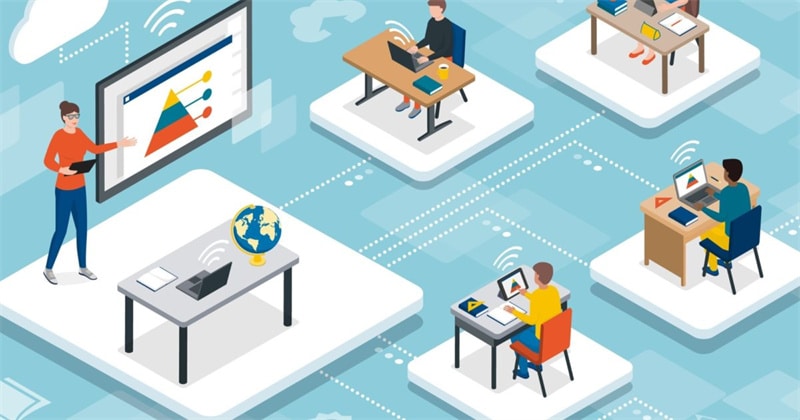
In today's hyper-connected world, communication has become the backbone of modern society.
From voice calls and messaging to video conferencing and data sharing, the telecommunication industry plays a vital role in keeping people and businesses connected.
Behind the seamless and efficient communication experiences lies telecommunication software development – a realm of technological innovation that has revolutionized the way we interact, collaborate, and conduct business.
Understanding Telecommunication Software Development

Telecommunication software development encompasses the creation of software applications, platforms, and systems that facilitate communication and data exchange across various networks and devices.
It covers a wide range of technologies, from traditional telephone systems to modern Voice over Internet Protocol (VoIP), Unified Communication (UC), Internet of Things (IoT) connectivity, and more.
Key Trends in Telecommunication Software Development
- VoIP and Unified Communications (UC): Voice over Internet Protocol (VoIP) technology has revolutionized voice communication by transmitting voice signals over the internet instead of traditional phone lines. UC solutions integrate various communication channels like voice, video, instant messaging, and presence into a unified platform, enhancing productivity and collaboration for businesses.
- 5G Technology: The fifth-generation (5G) of mobile networks is a game-changer for telecommunication software development. With significantly faster data speeds, reduced latency, and increased network capacity, 5G enables innovative applications such as augmented reality (AR), virtual reality (VR), and IoT devices.
- Internet of Things (IoT): IoT is a crucial area of telecommunication software development, where interconnected devices communicate and exchange data seamlessly. This technology finds application in smart homes, industrial automation, healthcare, and smart cities, among others.
- WebRTC (Real-Time Communication): WebRTC enables real-time communication directly within web browsers, eliminating the need for additional plugins or software installations. It powers video conferencing, voice calls, and peer-to-peer file sharing.
- Artificial Intelligence (AI) and Machine Learning (ML): AI and ML are integrated into telecommunication software development to optimize network management, enhance customer support through chatbots, predict network failures, and personalize user experiences.
Impact on Daily Lives and Businesses

- Seamless Communication: Telecommunication software development has brought us closer than ever, allowing seamless communication through a variety of channels. It enables us to connect with friends, family, and colleagues across the globe instantly.
- Remote Work and Collaboration: The COVID-19 pandemic accelerated the adoption of remote work. Telecommunication software played a vital role in enabling remote collaboration, virtual meetings, and file sharing, ensuring business continuity during challenging times.
- Enhanced Customer Experience: Telecommunication companies leverage software solutions to offer personalized services, quick issue resolution, and efficient customer support, enhancing overall customer experience and loyalty.
- Smart Devices and IoT Integration: The proliferation of smart devices and IoT integration in homes and businesses has been made possible by telecommunication software development. Smart homes, wearables, and connected cars are now part of our everyday lives.
- Business Transformation: Telecommunication software development has transformed the way businesses operate. From cloud-based telephony solutions to AI-driven analytics, it empowers organizations to streamline operations, improve productivity, and deliver superior services to customers.
Conclusion
Telecommunication software development continues to shape the way we communicate, collaborate, and conduct business. Its constant evolution and integration with emerging technologies ensure that connectivity becomes faster, more efficient, and increasingly accessible.
As we move into a future driven by 5G, IoT, and AI, telecommunication software development will remain at the forefront of innovation, enabling a connected world where distance is no longer a barrier to communication and collaboration.










